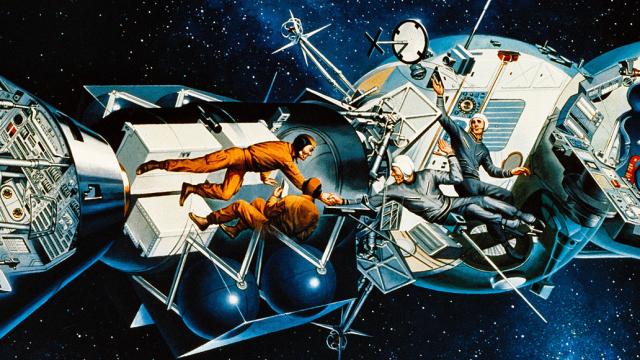In the fourth piece of our series on legendary aerospace artists, we pay tribute to an illustrator who’s responsible for creating some of the most inspiring cutaway illustrations of all time — yet we hardly know anything about him, and his name is in danger of being forgotten. We’re about to change that.
Davis Paul Meltzer was born in 1930, in Huntingdon Valley, Pennsylvania, and attended school in Newtown, Pennsylvania. Both his parents, the late Arthur Meltzer and Paulette Van Roekens, were highly respected fine art painters — and he inherited their great talent. During his career as a freelance artist he created stamps for the US Postal Service, painted dozens of sci-fi book covers, worked for NASA, and worked as a scientific illustrator for 30 years at National Geographic. You can still browse and licence some of his work at NatGeo or other image agencies.
“Computers have rendered my services as an illustrator null and void. I’m essentially a dinosaur in this age of blogs and Googles,” he told The Georgian, a publication of George School, in Newtown, PA, in 2005.
Well, maybe Mr Meltzer is a dinosaur who lives out of the spotlight in his hometown Huntingdon Valley. But I know one thing for sure: I’ve never seen a more amazing cutaway artwork than his 1975 painting above — in which he envisioned the most important handshake in history between American and Soviet crews of the Apollo-Soyuz test Project on July 17, 1975. You can find this awesome moment among the following collection showcasing Meltzer’s remarkable work of art.
Gemini rendezvous and docking with pre-launched Agena target, 1960s.
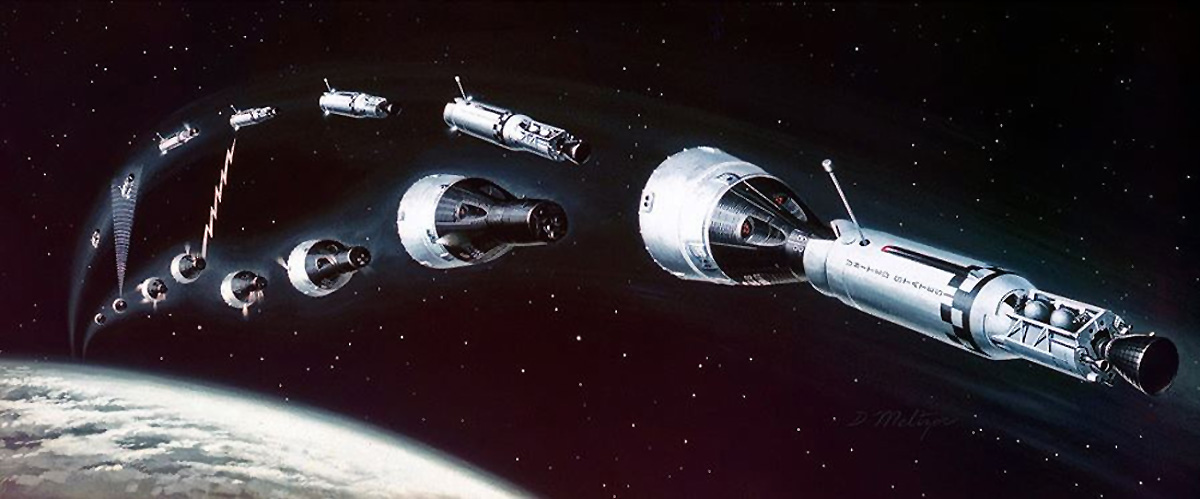
Picture: NASA/Wired
Space Futures (National Geographic, March 1964)
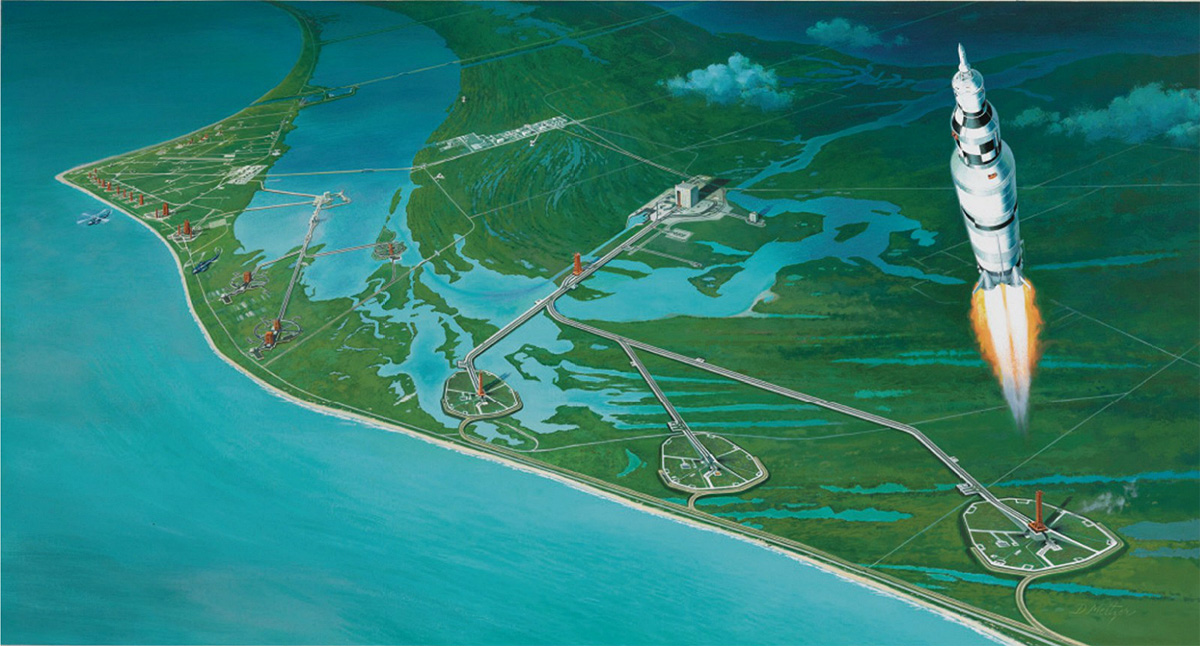
Picture: Christie’s
Lunar excursion module prepares to dock with its mother ship, 1960s.
Picture: Dan Beaumont Space Museum
Conshelf III Submersible (National Geographic, April 1966)
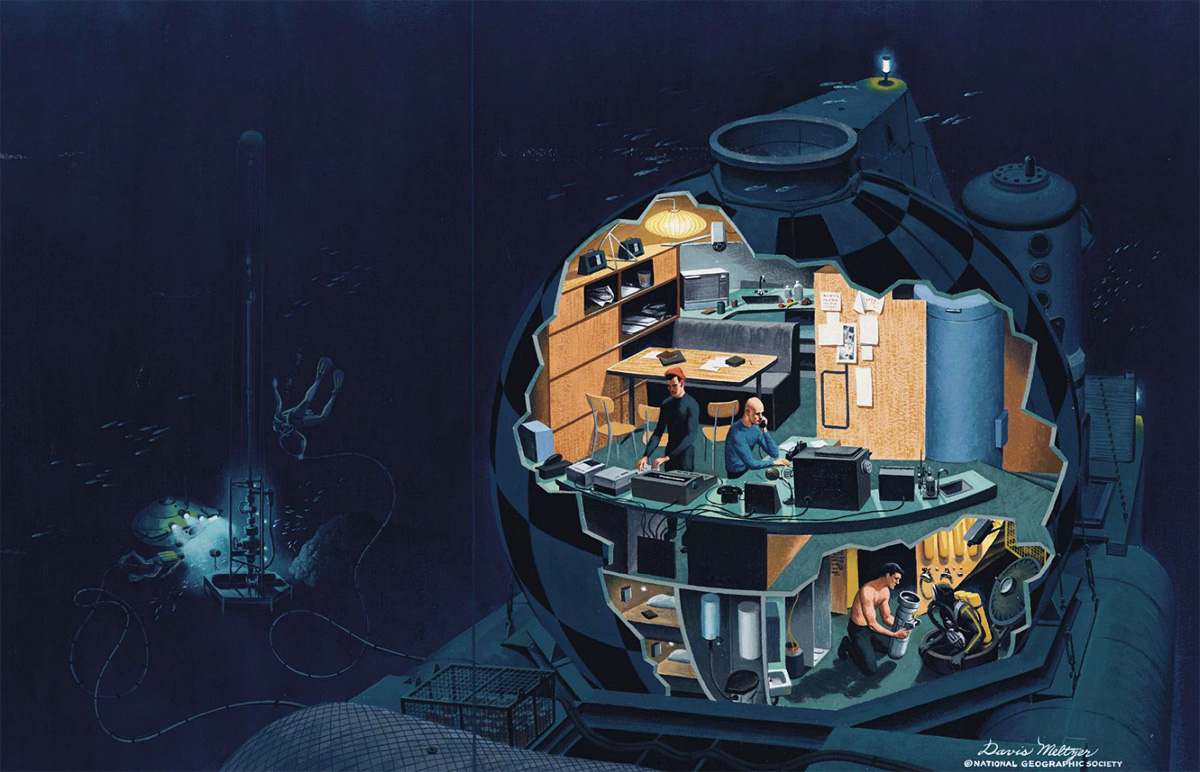
Picture: Christie’s
Gliders flying on the upwind side of a ridge, 1960s

Picture: National Geographic
Glider (National Geographic, January 1967)
Picture: impactdixon
Future Moon Colony (National Geographic, Febraury 1969)
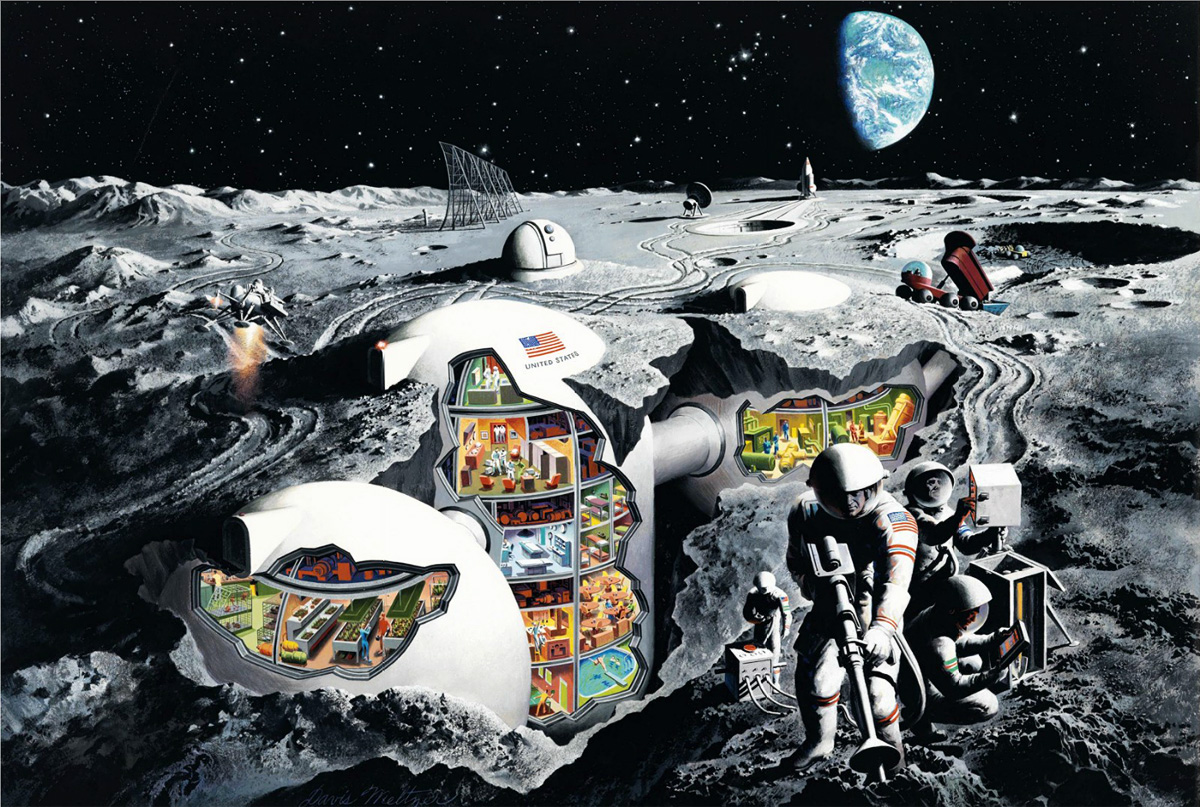
Picture: Christie’s
21st Century Farm (National Geographic, February 1970)
Picture: impactdixon
The Falling Astronauts, paperback cover, Ace Books, 1971.
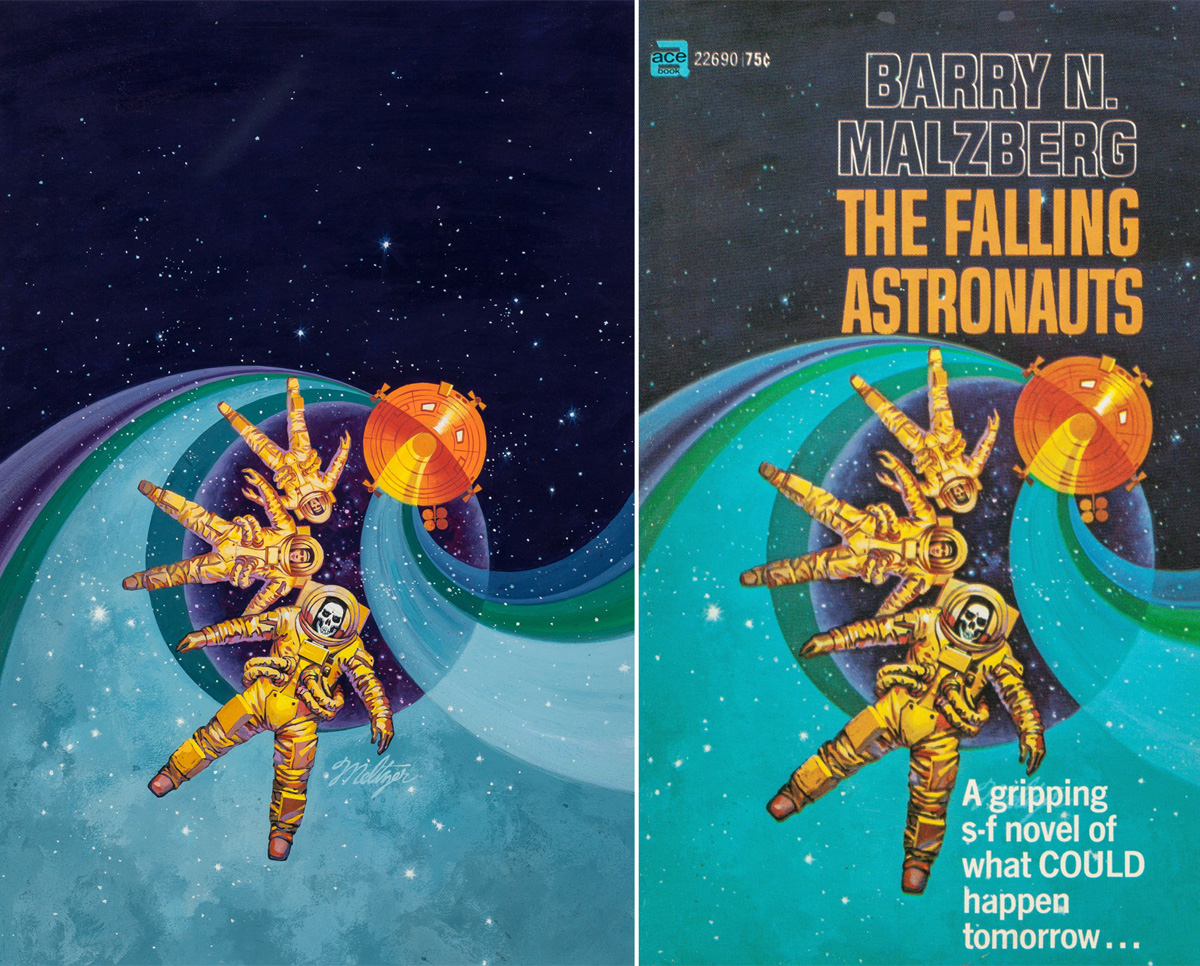
Picture: Heritage Auctions
The Worlds of Theodore Sturgeon, paperback cover, Ace Books, 1972.
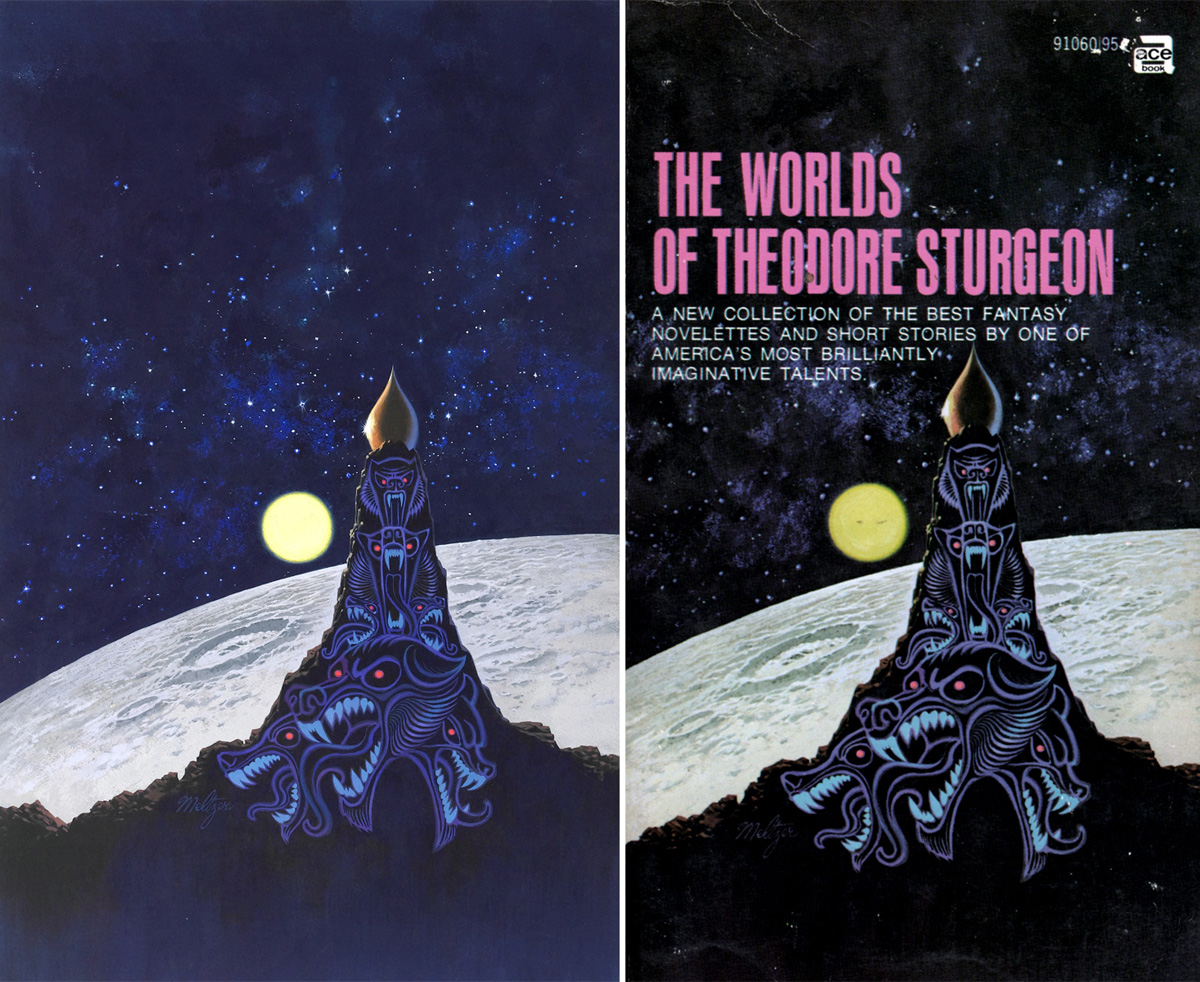
Picture: Heritage Auctions/Ragged Claws Network
From nebula to red giant to white dwarf to cinder: the 10-billion-year life cycle of our sun (National Geographic, May 1974)
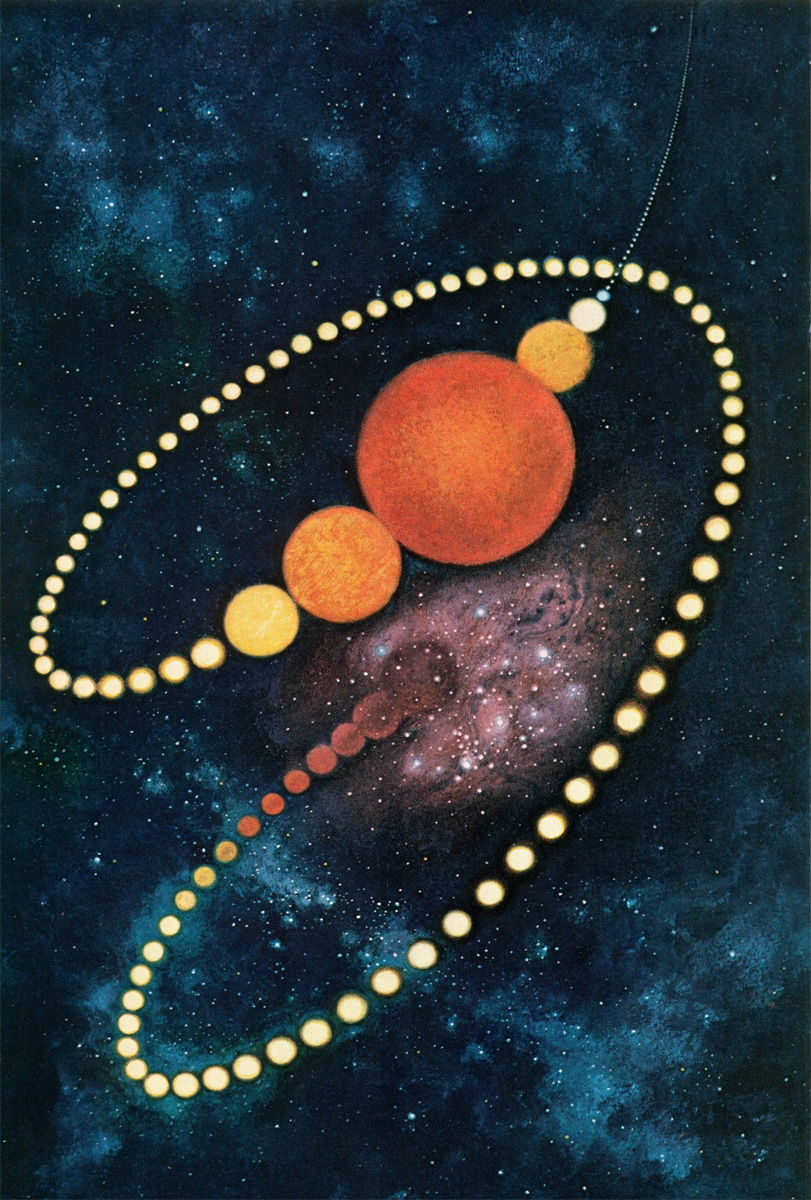
Picture: Émigré Jukebox
Soyuz rocket launching from the Baikonur cosmodrome, 1975.
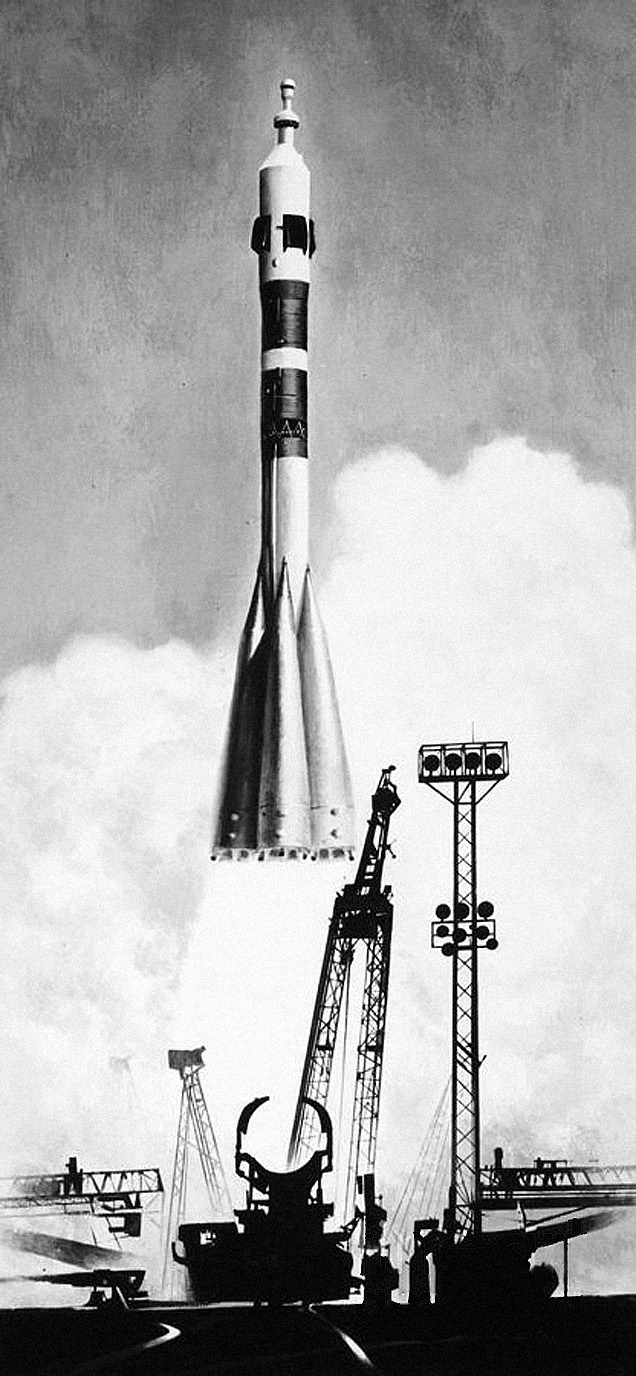
Picture: National Geographic
April 1975: Concept depicting the American Apollo spacecraft and the Soviet Soyuz spacecraft in a near-docked position in Earth orbit.
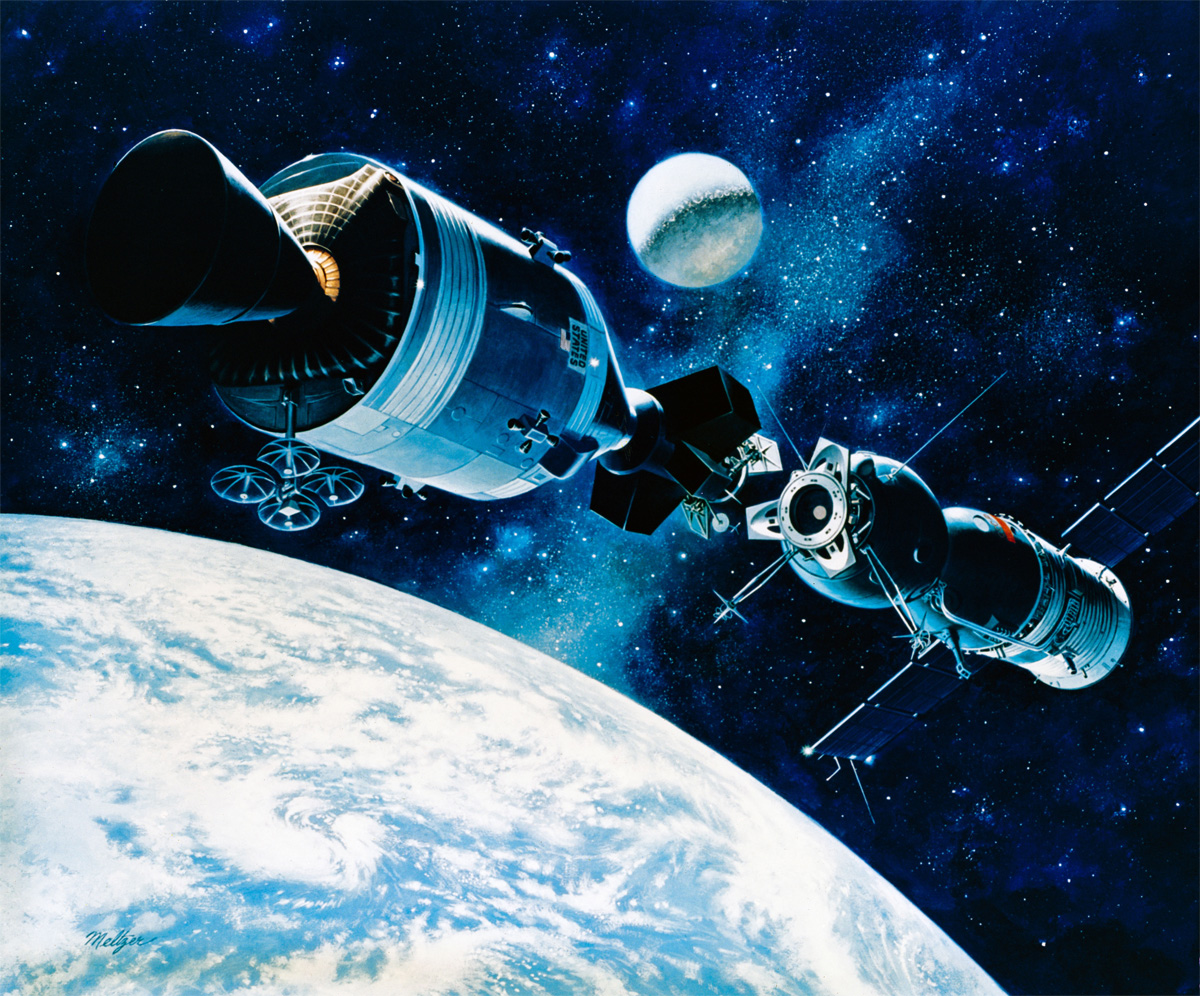
Picture: NASA
April 1975: Cutaway view of the docked Apollo and Soyuz spacecraft, depicting the moment the two international crews meet in space for the first time. The two crew commanders are shaking hands through the hatchway.
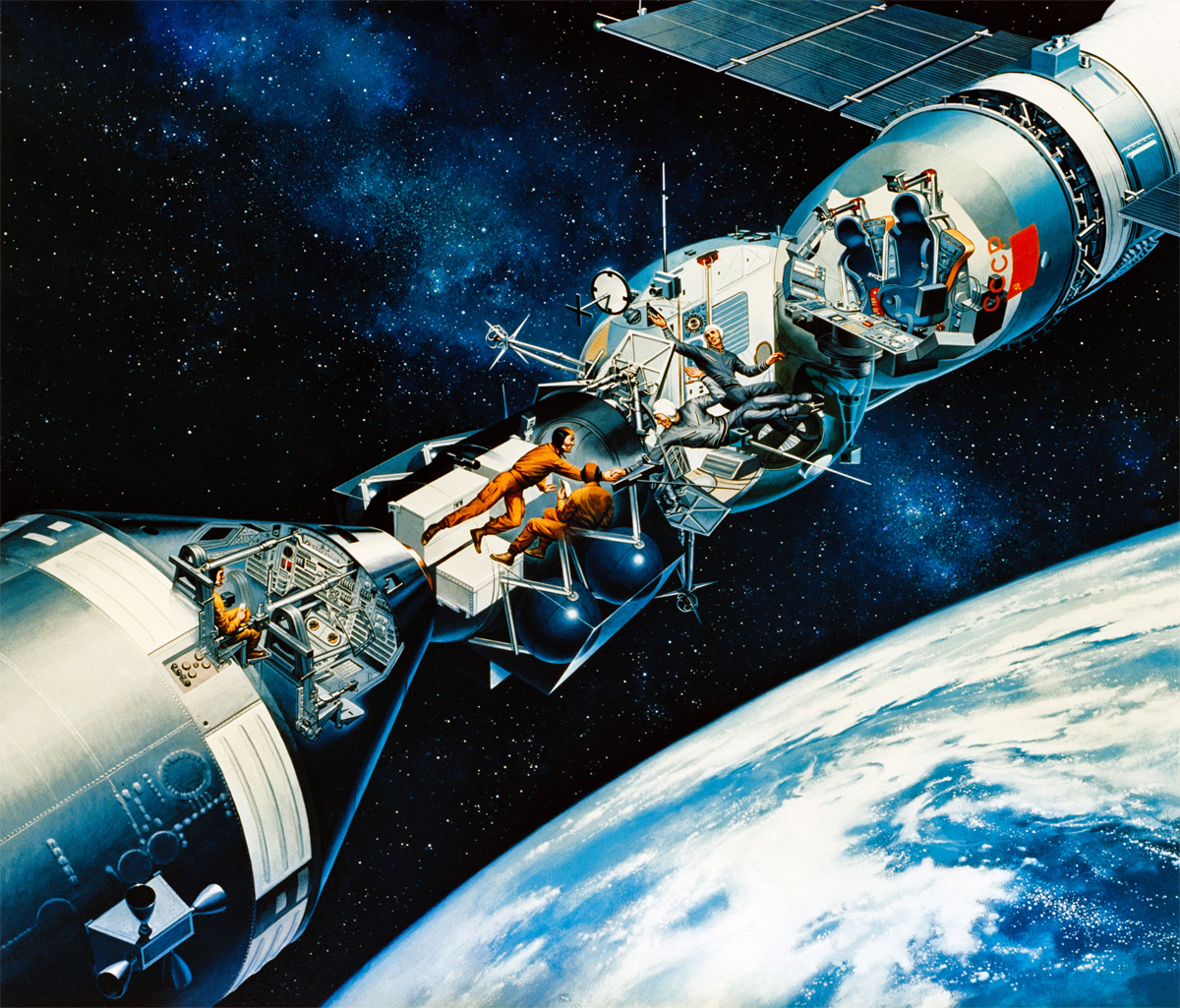
Picture: NASA
April 1975: the mission profile of the Apollo-Soyuz Test Project. The phases of the mission depicted include launch, rendezvous, docking, separation and splashdown.
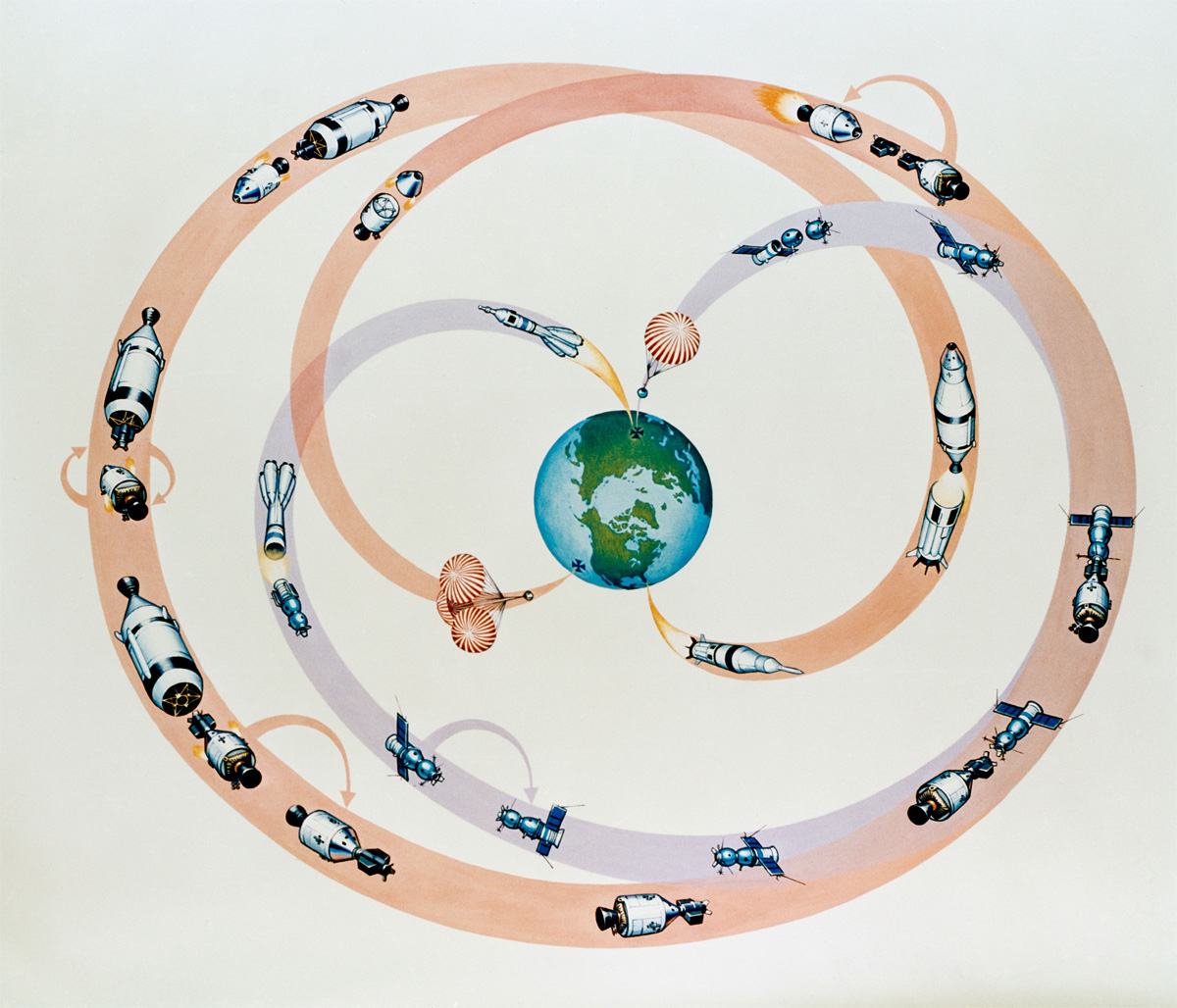
Picture: NASA
Engineers use sophisticated equipment, including satellites, to find potential oil reserves beneath the earth or the ocean

Picture: connectenergyed.org
